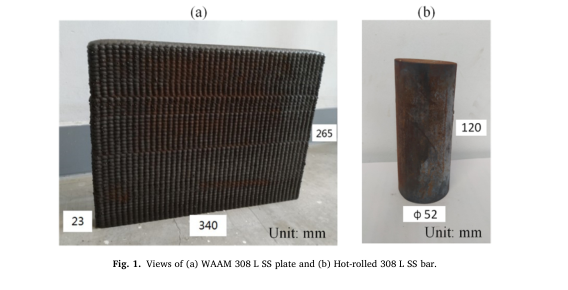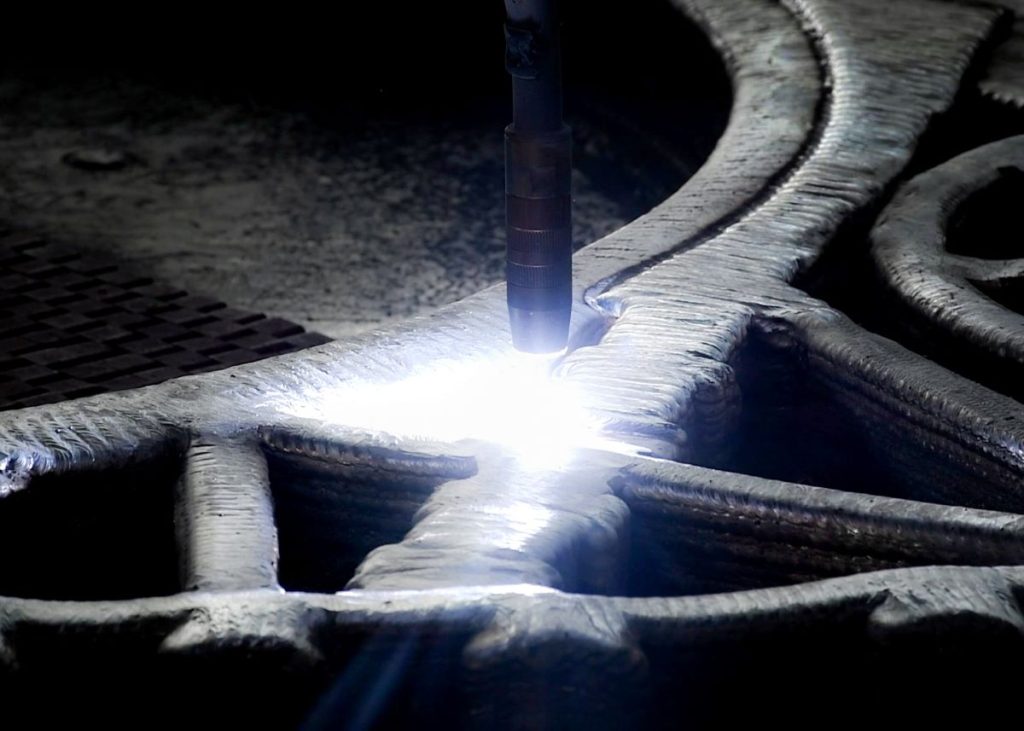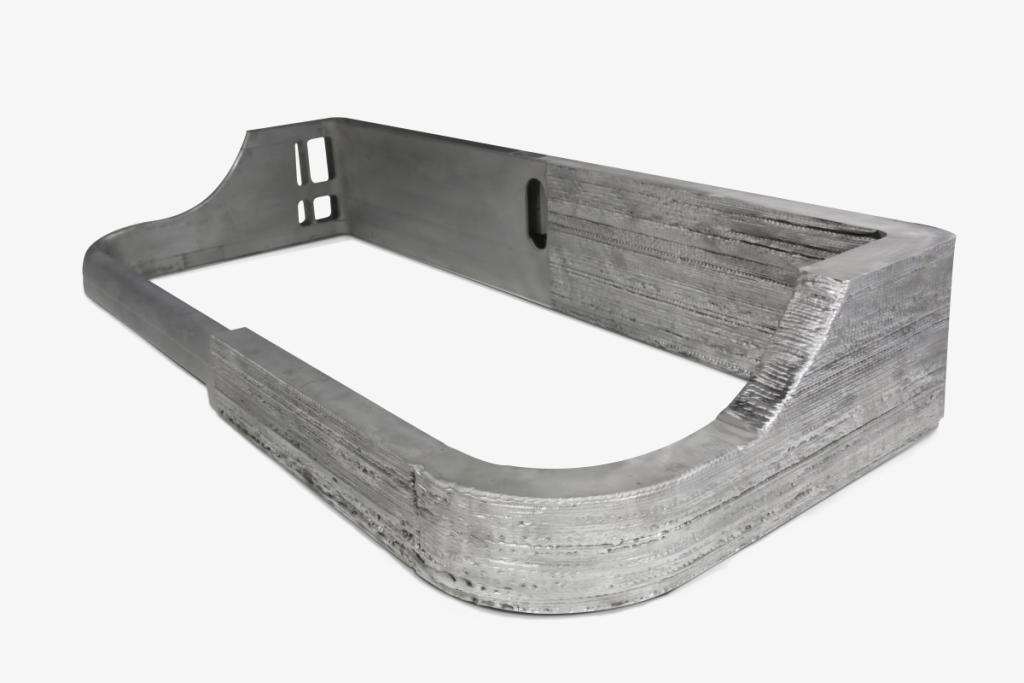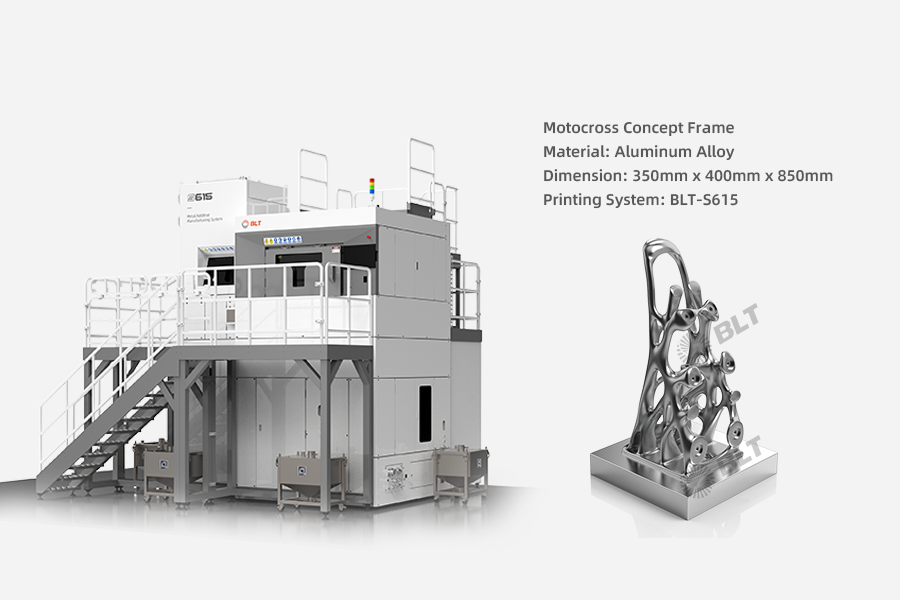Tianjin University Used BLT WAAM System to Publish Scientific Research Results at Additive Manufacturing
Recently, the research group from School of Chemical Engineering and Technology of Tianjin University, Department of Mechanical Engineering of the Politecnico di Milano used the WAAM system from BLT to compare the WAAM 308 L SS and hot-rolled 308 L SS, and studied the fatigue life of WAAM 308 L. Then they published the article Low Cycle Fatigue Behavior of Wire Arc Additive Manufactured and Solution Annealed 308 L Stainless Steel in Additive Manufacturing. The Impact Factor of the journal is over 10.

“The development of wire arc additive manufacturing (WAAM), now known as directed energy deposition-arc (DED-arc), is being driven by the need for increased manufacturing efficiency of engineering structures. Its ability to produce very near net shape preforms without the need for complex tooling, molds or dies offers potential for significant cost and lead time reductions, increased material efficiency, improved component performance and reduction of inventory and logistics costs by local, on-demand manufacture. With a resolution of approximately 1mm and deposition rate between 1 and 10kg/hour or more (depending on arc source), the operating window of WAAM is between, and complementary to, highly accurate but slower laser-based systems and less accurate high-deposition-rate multi-arc plasma and electron beam systems.”①
WAAM is insensitive to metal materials, and can form materials with high laser reflectivity, such as aluminum alloys, copper alloys, etc.; it has a fast response to design, and is particularly suitable for customized manufacturing of small batches, gradient materials and multi-variety products. This technology can be used to solve the problem of forging and casting large and very large parts, and can also be used for large-size thin-wall stiffened lattice structure printing.

“In this study, microstructural characterization, quasi-static tensile tests, and strain controlled low cycle fatigue tests were carried out on a 308 L SS fabricated by WAAM and solution annealing. Hot-rolled 308 L SS was also studied as a reference material. The quasi-static tensile properties, cyclic deformation behaviors, fatigue lives and fatigue failure mechanisms are comparably investigated and found to be dependent on their distinct microstructures. Compared with the hot-rolled counterparts, the WAAM specimens showed slightly longer fatigue life at relatively high strain amplitudes, but shorter fatigue life at low strain amplitudes, which is attributed to their worse crack initiation, but better crack propagation resistance.”②

BLT provided technical support to the research group in this research. According to the requirements of the research group, BLT relying on its own research, developed specific forming process parameters, and finally successfully printed out the austenitic stainless steel components required for the research to ensure the normal progress of the test.
At present, BLT WAAM has delivered hundreds of various parts for aerospace, mining machinery, petroleum heavy industry, universities, scientific research institutes and other related fields. The maximum size of the formed parts of the system can reach 4m class, and its forming efficiency is 4kg/h of aluminum alloy, 12kg/h of stainless steel, etc.; X-ray and related performance tests pass the customer acceptance at one time. Besides, the system can manufacture φ10m class ring forging after upgrading, and the quality of the production was good.

The references in the article come from
① https://www.twi-global.com/technical-knowledge/job-knowledge/arc-based-additive-manufacturing-137
② Low Cycle Fatigue Behavior of Wire Arc Additive Manufactured and Solution Annealed 308 L Stainless Steel



